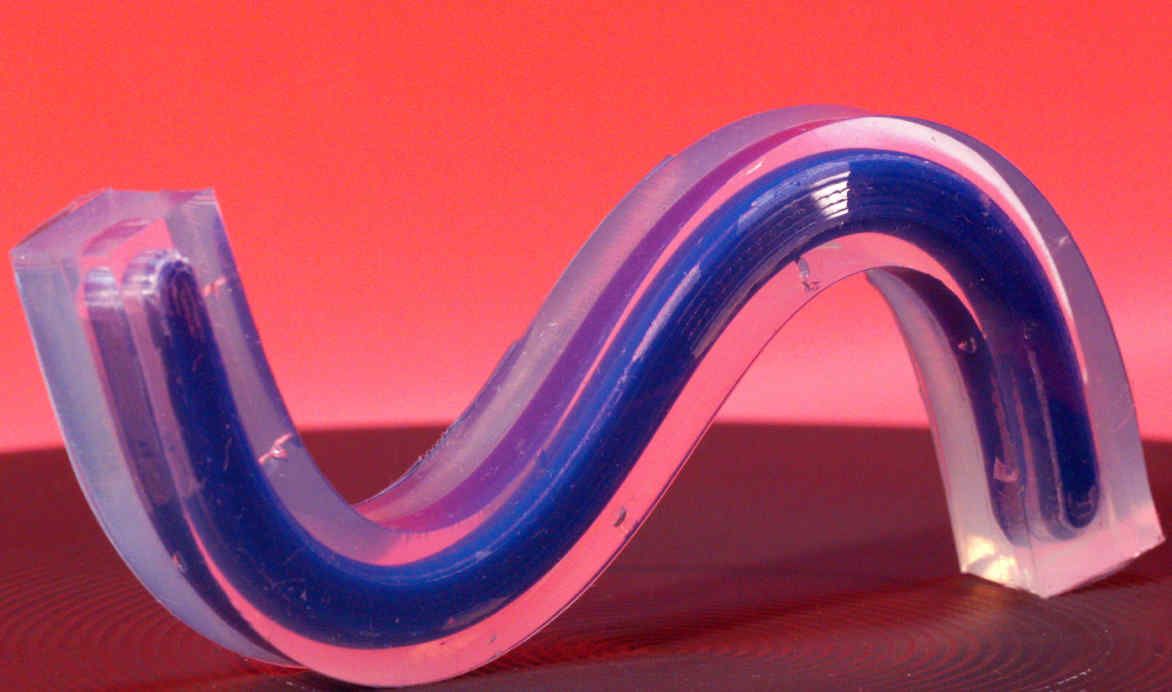Introducing the re:flex team
Invented in 2018 by three MSc Innovation Design Engineering students as one of their final year projects, re:flex is an accessible smart material that changes its shape in response to heat. It makes products easy to adapt and reuse through continuous customisation, thus extending their life and reducing waste.
One of the project's founders, Kalijn Sibbel, explains: "Our initial inspiration stemmed from the way that organisms in nature adapt to their environments by continuously making minor adjustments to their habitats. We felt that this was at odds with the way many products are designed in the built environment today: they are often static and hence incapable of adapting to rapidly changing needs."
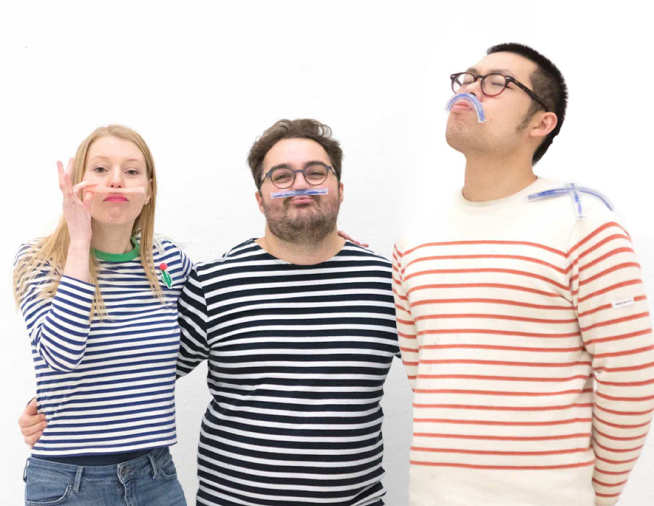
Re:flex addresses two problems: Firstly, reusability and therefore the durability of products, allowing the creation of objects that can be customised, reshaped and reused. By making products reusable and reshapeable, the project aims to reduce the amount of waste that is created by extending the lifetime of products. Secondly, the accessibility of shape-changing smart materials: Re:flex aims to take smart materials out of the lab and into the everyday by making them more affordable and easy to work with.
For more information on the project, visit the re:flex website.
In 2020, the team took part in the Venture Catalyst Challenge, Imperial’s flagship entrepreneurial competition which enables students and alumni to develop an innovative idea for commercialisation.
We caught up with re:flex founders and Imperial alumni Pierre Azalbert, Benton Ching and Karlijn Sibbel to hear about their experience of studying at Imperial and advice they would give to current students.
Benton Ching
Political philosophy & interaction design
Benton graduated from Imperial with an MSc in Innovation Design Engineering in 2019. He currently works as an archivist and assistant set designer at Es Devlin Studio.
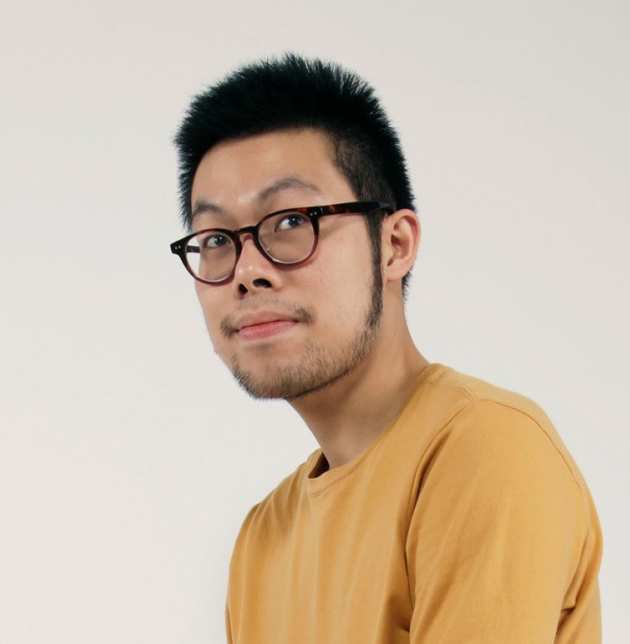 What did you learn during your time at Imperial, in class or out?
What did you learn during your time at Imperial, in class or out?
The most valuable lessons I learnt at Imperial were how to work with people from very different backgrounds, the importance of rigorous testing and the joy of getting your hands dirty at the workshop.
Can you tell us about your studies at Imperial?
I came to Imperial from an undergraduate degree in political philosophy. When I started the Masters of Innovation Design Engineering, I could barely use a drill. It was a real challenge for me, particularly in the first year.
What is your fondest memory of your time here?
One memory that stands out was wheeling a giant 2-meter wooden cube through Hyde Park as part of an experiment! Being able to do exciting experiments that bordered on the ridiculous to derive meaningful insights was a pretty rare and fun experience.
How has what you learnt at Imperial helped you in your career so far?
All the technical skills I use so far at work, from CAD modelling to prototyping and fabrication, were learnt during my time at Imperial. Soft skills such as design methodology and pitching/presenting are skills that I often have to use frequently as well.
What has been your career highlight so far?
A career highlight for me has been presenting my student work at Dutch Design Week at London Design Festival in 2019.
What are your plans for the future?
To continue learning as much as I can at this early stage of my career.
"Enjoy being a student for as long as you can – and reach out and speak to as many interesting experts while you have the chance to as a student."
Karlijn Sibbel
Material development & product design
Karlijn Sibbel graduated from Imperial with an MSc in Innovation Design Engineering in 2019 and is now working as a designer at Notpla, a sustainable packaging start-up founded by two Imperial alumni with the aim to replace single-use plastic with naturally biodegradable packaging made from seaweed.
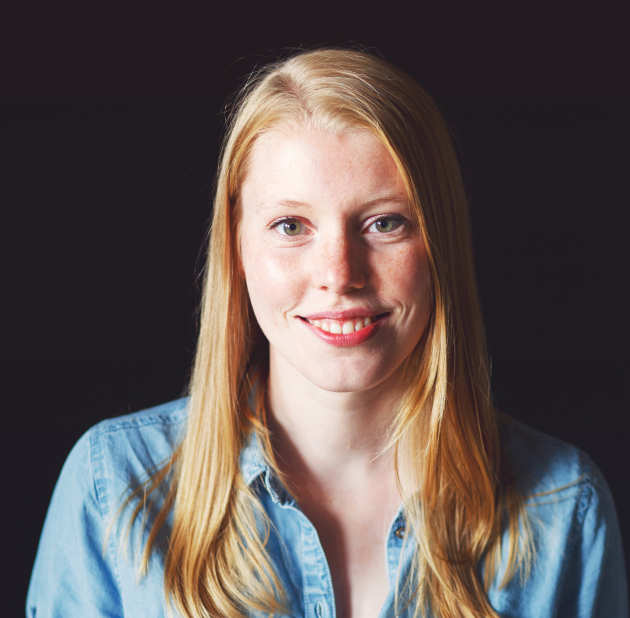
What is your favourite place at Imperial and why?
I really like the basement in the Royal School of Mines, mainly because when you walk through it you can peek into the different laboratories. I found it always exciting to see what work goes on in the different parts of Imperial – the places where you can glimpse inside feel like a bit of a discovery!
Who did you find inspiring at Imperial and why?
The most inspiring thing about the people I have met at Imperial is their curiosity and willingness to help.
I am very grateful to have been able to work with so many incredibly inspiring people during my studies, mainly because of their openness to work with people that are not specialised in the same field as they are.
Their positive and critical attitude has brought me to new levels, with a special mention and thanks to Mr Andrew Brand, Dr Kathryn Hadler, Dr Chandramohan George, Dr Kirsten E. Jensen, and Mr Ciaran McKeown.
What did you learn during your time at Imperial, in class or out?
Studying at Imperial gave me the opportunity to push my technical skills, work in new laboratories and fields of study I have never been able to work in before.
Coming from a non-academic background, I learned a lot about how to reach out to different people at Imperial and quickly adapt in order to be able to work with people from different disciplines.
Can you tell us about your studies at Imperial?
I started this two-year master course between Imperial College and the Royal College of Art after finishing a bachelor in Product Design in the Netherlands. Being trained traditionally as a designer, this multidisciplinary approach allowed me to cross the boundaries of various fields and develop my skills as a designer, researcher and engineer. The Innovation Design Engineering cohort is diverse and close, as you spend a lot of time working together, I have learnt so much from my peers.
How has what you learnt at Imperial helped you in your career so far?
The experience of working together in so many different multidisciplinary teams during my masters really helped me to adjust and work in new teams. Through this experience, I learned to switch quickly in terms of team roles and fields of work. Whether it is technical, academic research or work that requires me to be a more traditional designer.
Do you have a favourite quote or saying?
"Play is the highest form of research" from Albert Einstein.
"You will learn the most things from your peers, work with them as much as you can!"
Pierre Azalbert
Electrical engineering & energy storage
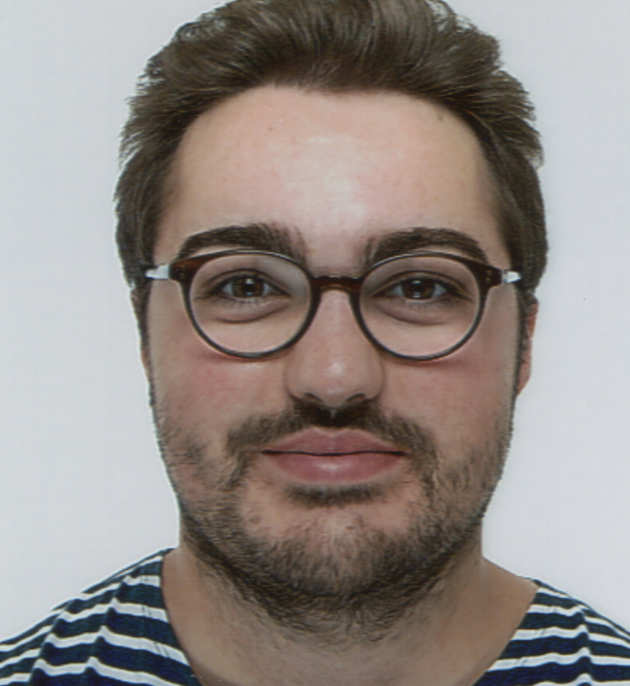 Can you tell us about your studies at Imperial?
Can you tell us about your studies at Imperial?
My studies at Imperial were not the easiest, both my undergrad and my postgrad masters were very challenging. I’ve realised over the years that I like challenges, and that as long as I’m doing something that I’m passionate about, I can rise up to the occasion. The most important thing to succeed is to surround yourself with loving and caring friends who understand what you and why you do it, and who support you along the way.
Since middle school, I’ve wanted to become a designer. Initially, I thought I wanted to work in fashion but then I discovered Apple and became obsessed with their designs, which always blend together innovative technologies with stunning aesthetics. When I interviewed to get a place in EEE, I said that my plan was to become a designer and that studying engineering was, in my opinion, a logical step towards that. It was important for me to study ‘how things work’ before becoming a designer. On my portfolio to apply to IDE I put Steve Job’s quote: “Some people think design means how it looks. But of course, if you dig deeper, it's really how it works.”
Who did you find inspiring at Imperial and why?
My friends! Despite all of us being so different, studying at Imperial together was the best bonding experience you could ever have. The people I met at Imperial will be my friends for the rest of my life, and I cannot thank them enough for the support that they have given me during my studies and beyond. They are all so bright and ambitious, and already pursuing their life dreams. Amongst them, there is a successful fintech entrepreneur, a trailblazing PhD candidate, and even a real-world rock-star!
What have been your career highlights and lowlights?
Life after IDE (Innovation Design Engineering) is not easy. I got on the course because, like many others, I thought I wanted to ‘quit’ engineering and replace it with design. During the programme, you get to meet so many people and you experiment with so many different topics and techniques that it’s easy to feel like you’ve lost your way. It’s important to take some time to understand where you’ve been, what you’re doing now and where you want to go. It took me several months and asking advice to a lot of people before I realised that I still want to be an engineer, because it’s what I am and it’s what I love. The difference is that now, I know for sure that I want to apply my engineering skills and intuition in creative environments, working with designers and artists to create experiences that convey emotions to people.
What makes you proud to be an Imperial alumnus?
Being part of an amazing network of successful people who all make valuable and interesting contributions to this world, each in their own way.
What one word or phrase would you use to describe Imperial alumni?
Trailblazing.
Do you have a favourite quote or saying?
Not necessarily my favourite, but definitely the most useful one: "Make a decision now, you can always change your mind later".
"Never give up. It doesn’t matter if you’re not the best, what matters is that you keep going. And like I’ve heard from many people before, if you haven’t made at least 5 friends at university that you will keep for life, you have wasted your time!"



